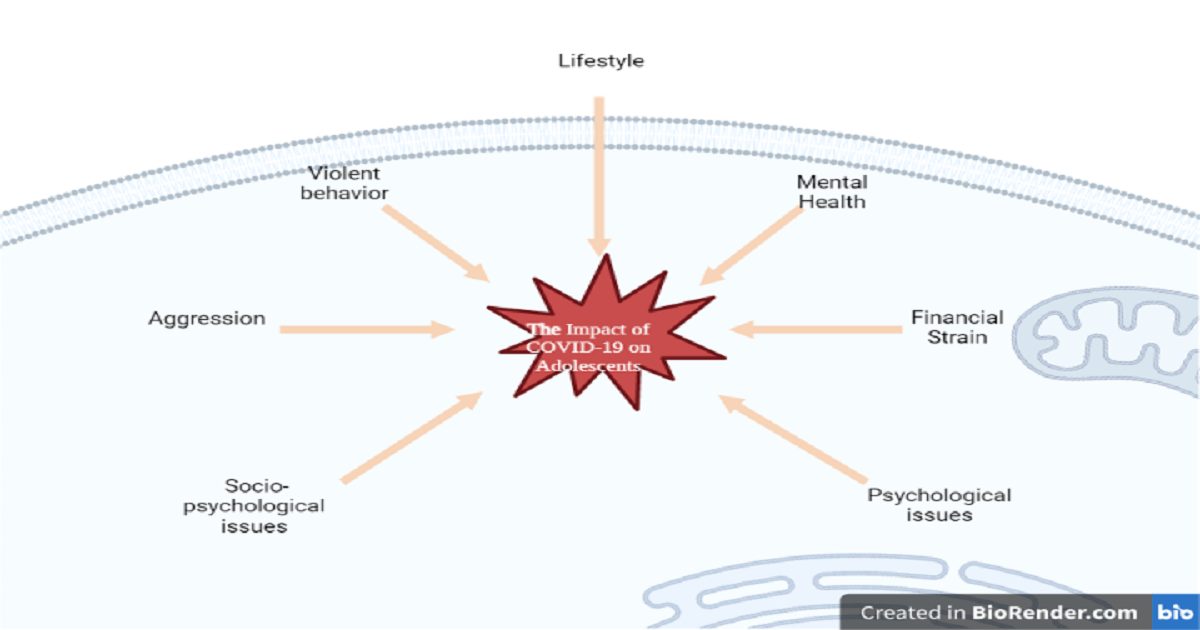The Impact of COVID-19 on Adolescents’ Lifestyles, Mental Health, and Financial Strain
A special issue of Children (ISSN 2227-9067). This special issue belongs to the section "Global and Public Health".
Deadline for manuscript submissions: closed (5 February 2024) | Viewed by 2140

Special Issue Editors
Interests: market turbulence; COVID-19 pandemic; m-health, sociopsychological stress; coping strategies
Interests: financial regulations; information asymmetry in financial markets; financial development in emerging markets; capital market efficiency and valuation
2. St Antony's College, University of Oxford, Oxford OX1 2JD, UK
Interests: COVID-19; global SME; tax; sociopsychological impacts; labor market
Special Issues, Collections and Topics in MDPI journals
Special Issue Information
Dear Colleagues,
The drastic effect of COVID-19 has changed the world dramatically. The world is not yet out of danger; in China, some universities are still operating online to avoid any inconveniences. Adolescents are one of the groups most affected by the COVID-19 outbreak. There are around 1.3 billion adolescents in the world who faced direct or indirect challenges in terms of either psychological or financial strain during the COVID-19 pandemic. Contemporary research articles have mainly focused on mental issues due to the COVID-19 outbreak; however, a specific focus on adolescents in terms of their sociopsychological issues, mental health issues, lifestyle issues, and financial strain issues is still under-explored. This Special Issue will mainly emphasize the recent psychological and financial strains of adolescents due to the impact of the COVID-19 pandemic.
In this Special Issue, we invite you to share your expertise as well as the results of your research through articles (original research manuscripts), reviews, and case reports addressing the above challenges.
Dr. Syed Far Abid Hossain
Dr. Sang H Lee
Dr. Mohammad Nurunnabi
Guest Editors
Manuscript Submission Information
Manuscripts should be submitted online at www.mdpi.com by registering and logging in to this website. Once you are registered, click here to go to the submission form. Manuscripts can be submitted until the deadline. All submissions that pass pre-check are peer-reviewed. Accepted papers will be published continuously in the journal (as soon as accepted) and will be listed together on the special issue website. Research articles, review articles as well as short communications are invited. For planned papers, a title and short abstract (about 100 words) can be sent to the Editorial Office for announcement on this website.
Submitted manuscripts should not have been published previously, nor be under consideration for publication elsewhere (except conference proceedings papers). All manuscripts are thoroughly refereed through a single-blind peer-review process. A guide for authors and other relevant information for submission of manuscripts is available on the Instructions for Authors page. Children is an international peer-reviewed open access monthly journal published by MDPI.
Please visit the Instructions for Authors page before submitting a manuscript. The Article Processing Charge (APC) for publication in this open access journal is 2400 CHF (Swiss Francs). Submitted papers should be well formatted and use good English. Authors may use MDPI's English editing service prior to publication or during author revisions.
Keywords
- adolescents
- COVID-19
- pandemic
- market turbulence
- mental health
- psychological issues
- sociopsychological issues
- financial strain
- adolescents’ lifestyle challenges due to COVID-19
- aggression and violent behavior
- youth violence
- adolescent abuse








